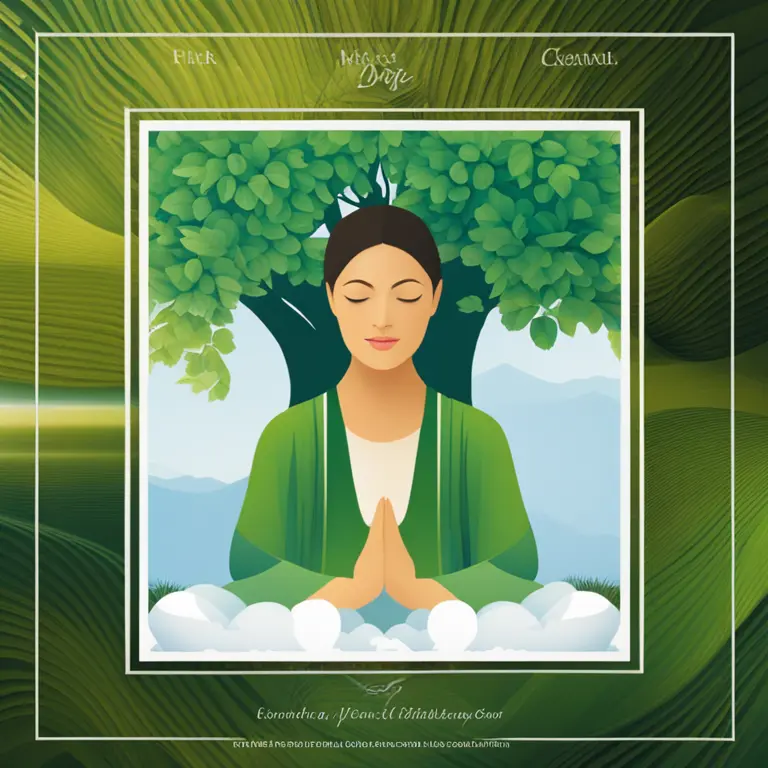
Simple Guide to Meditation Practices
Meditation made easy for beginners – discover simple techniques to start your mindfulness journey.
article by Hina Kurosawa
Introduction to Meditation
Meditation is an ancient practice that has found renewed interest in our fast-paced modern world. It offers a sanctuary of peace and mindfulness amidst the chaos of everyday life. For beginners, it can seem daunting, but starting with the basics can lead to profound changes in mental clarity, stress reduction, and personal growth. As we move into 2024, meditation continues to be a universal tool for grounding oneself in the present moment. This article offers essential techniques and practical advice to help you embark on your meditation journey.

Selecting Your Space
The first step in meditation is choosing a peaceful and comfortable spot. Avoid areas with high traffic or excessive noise. It doesn't need to be a vast space; even a small, clutter-free corner of a room can work well. Ensure that your chosen space feels safe and inviting, as this will be your retreat for mindfulness. You might want to add personal touches like a cushion, a soft mat, or calming visual elements to make the space more conducive to relaxation and focus.

Establishing a Routine
Consistency is key when building a meditation practice. Try to meditate at the same time each day, creating a rhythm for your body and mind. Mornings are often preferable as they set a serene tone for the day ahead. However, choose a time that fits effortlessly into your schedule. Begin with short durations, such as five to ten minutes, and gradually increase the time as your comfort with the practice grows. Regularity is more important than the length of each session.

Mastering Breathwork
Breathing is a central element of meditation. Focusing on your breath helps anchor you in the present and calms the mind. Start with deep, slow breaths, inhaling through the nose and exhaling through the mouth. Observe the natural rhythm of your breath without trying to modify it. As distractions arise, gently guide your attention back to your breath. Breathing exercises can reduce stress and induce a trance-like state that deepens your meditation.

Adopting Comfortable Postures
Your posture during meditation is important for maintaining focus and minimizing discomfort. Beginners may sit on a cushion with legs crossed or in a chair with feet flat on the floor. Keep your spine straight, your shoulders relaxed, and your hands rested on your thighs or in your lap. Ensure your position is sustainable for the entire session to prevent fidgeting, which can distract from the meditative experience. Comfort in posture enables a seamless flow into deeper states of consciousness.
Embracing Mindfulness Meditation
Mindfulness meditation involves being acutely aware of the present moment while calmly acknowledging and accepting one's feelings, thoughts, and bodily sensations. As you meditate, observe your thoughts as they come and go without judgment or engagement. The goal is not to clear the mind but to become a silent observer of your internal landscape. Over time, mindfulness cultivates a sense of inner peace and enhances your ability to remain rooted in the now.
Exploring Guided Meditation
Beginners often find guided meditation a helpful way to start. These sessions are led by an experienced practitioner who provides verbal cues and imagery to guide your focus and visualization. Available through apps, online platforms, or local classes, guided meditations can provide structure and ease the pressure of self-direction. They can be particularly beneficial in teaching new techniques or themes for meditation, such as gratitude or healing.
Published: 1/18/2024
Modified: 1/18/2024
More predictions
Come back here soon to learn more about yourself and your future



